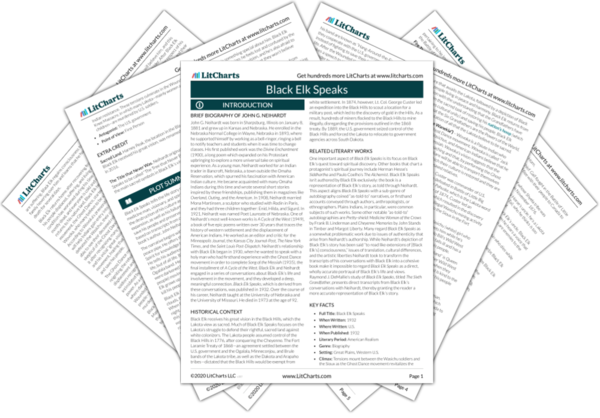Big Foot’s people surrendered to a detachment of the U.S. Seventh Cavalry on December 28. Once the remainder of the Seventh Cavalry arrived, the Minneconjou were outnumbered by about 100 people. Wounded Knee is located roughly 18 miles east of Pine Ridge, the agency where Big Foot and his people were originally headed. Sitting Bull’s death and the capture of Big Foot and his people presents an even more dire situation for the Lakota, suggesting that in the face of unremitting attacks from the
Wasichus, the Ghost Dance won’t be powerful enough to save their people—a second coming is unlikely.


